Arriving in Style
Plane and Pilot
FEBRUARY 28, 2025
Getting a couple of hundred thousand pounds of swept-wing jet down to sea level from 40,000 feet takes a bit of forethought and no shortage of technology. Most of the big jets, when faced with Newtons laws of motion, need a little assistance when going downhill. Back down here is GA land, we have many of the same concerns.

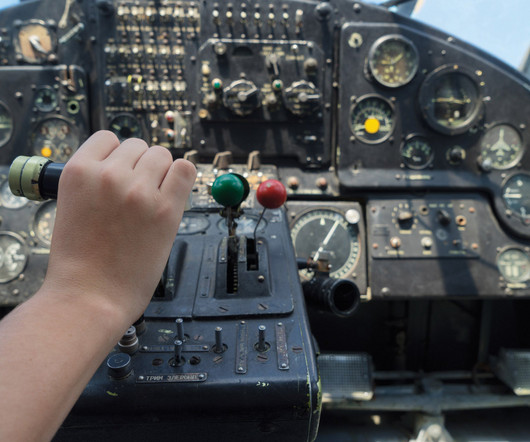
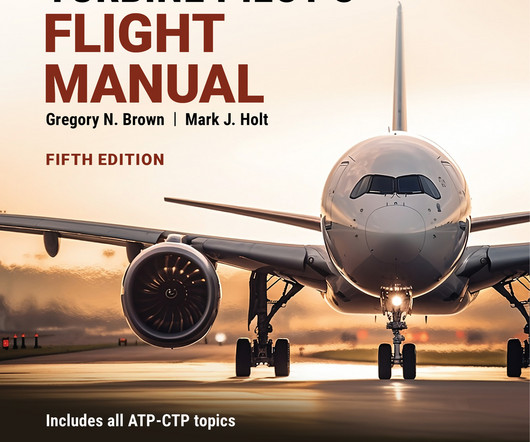
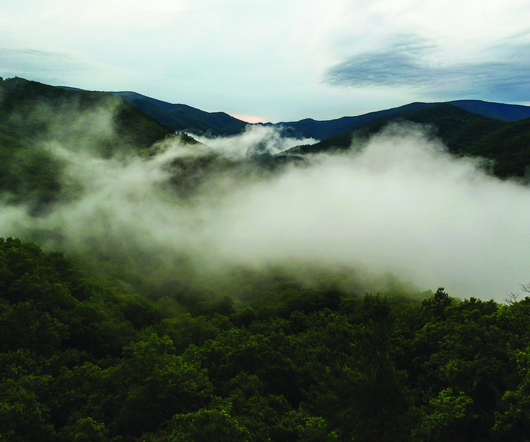

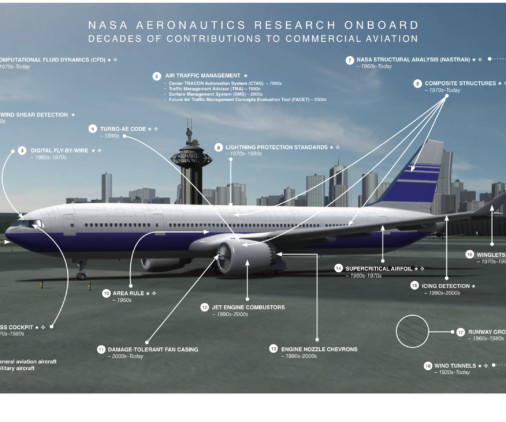

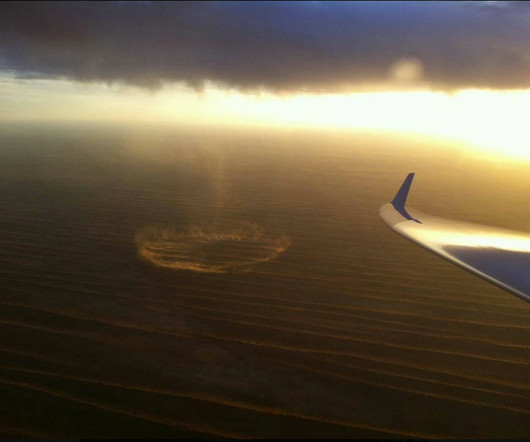
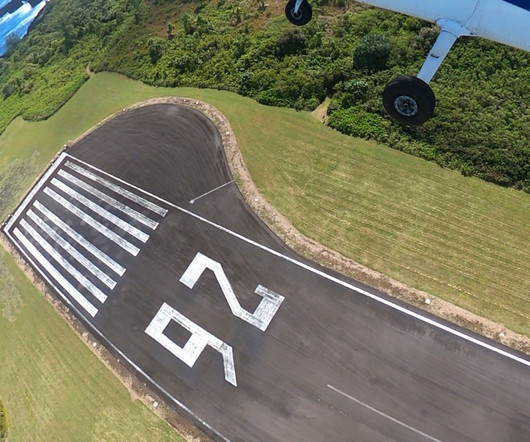
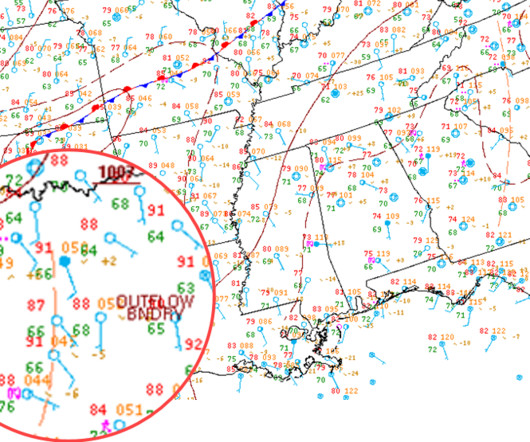
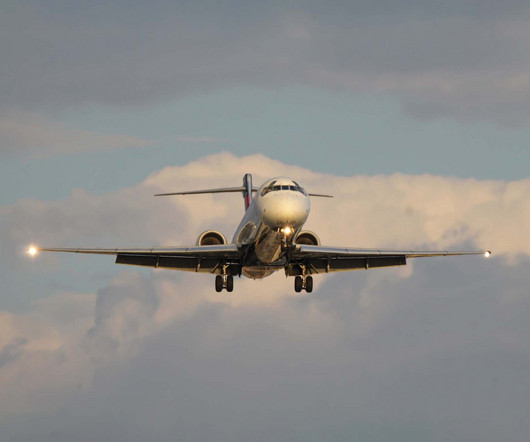


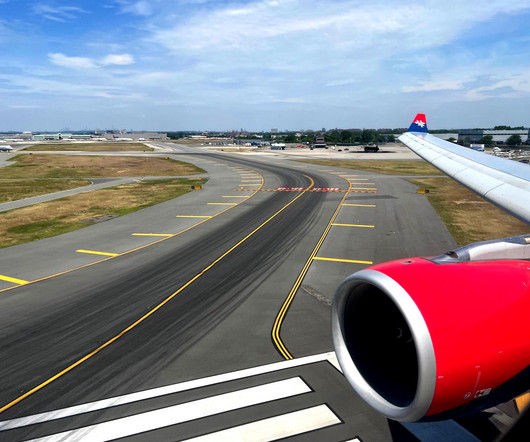







Let's personalize your content